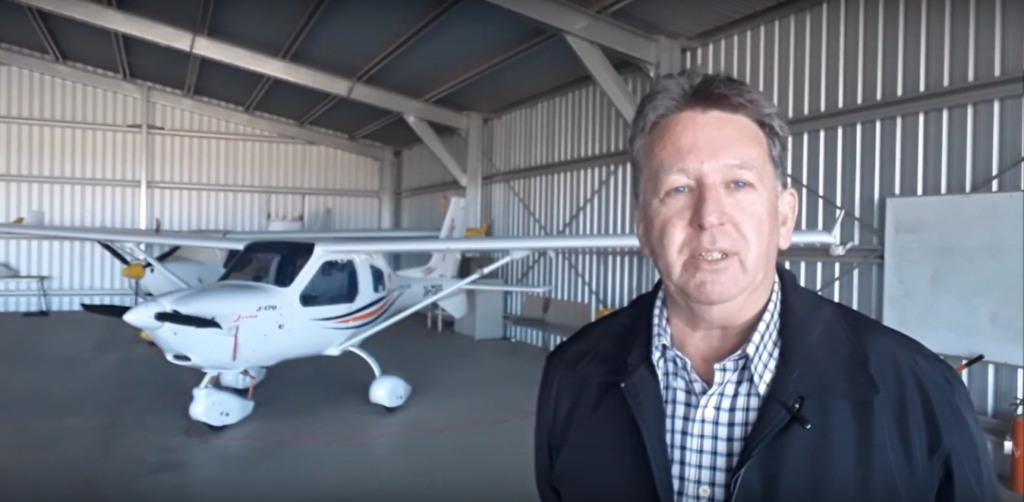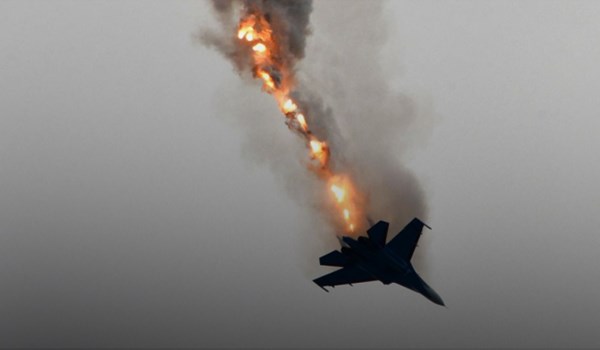Launching to Safety: The Gravity-Defying World of Ejection Seat Operation!
The ejection seat process is extremely violent and not something any pilot wishes to experience but it saves countless aircrew every year. The pilot often suffers some level of back injuries with the vertical force ejecting the pilot from 12 to 16G. They often have some back compression and actually end up a little shorter. It very much depends on the pilot and situation during the ejection seat operation. If they have time to prepare probably a better outcome.
Do Pilots get Punished for Ejecting.
You may wonder if the pilot gets into trouble after an ejection? Generally there is an investigation but mostly there is not negative issues after an ejection for a pilot unless they were doing something stupid. A lot of pilots are back flying once cleared by the doctor. There have been pilots that have had multiple ejections but most often it was due to combat damage. These people continued to fly.
EJECTION SEAT OPERATION EXPLAINED.
Initiate an Ejection Seat!

Elections seat operates when a pilot pulls a ring normally between their legs in the seat pan part of the ejection seat. (There is NO ejection button). The pulling of the cable fires a number of cartridges that supply gas to retract mechanism the pull the pilot into the seat. The main ejection gun located behind and vertically in the back of the ejection seat cartridge fires, the main gun cartidge on top of the ejection gun.
Ejection Gun
The ejection seat gun extends upward like a telescope which then exposes two other smaller cartridges in quick succession providing a somewhat more gentle push out of the aircraft.
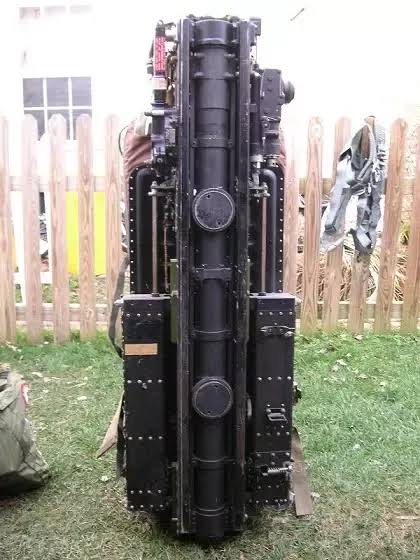
As the pilot rises quickly up the straps on the arms and legs pull both in to a safe position and lock them so they cannot flail around in the violent airstream the pilot encounters. As the pilot reaches the top of the ejection seat gun extension, a rocket motor fires under the seat pushing the pilot up and in the case of multi crew aircraft left or right of centerline for safety separation.
Parachute Deployment on an Ejection Seat
A small drought chute deploys from the top of the seat headbox which stabilizes the ejection seat trajectory. The pilot is supplied 100% oxygen from a bottle on the ejection seat to sustain them especially in a high altitude ejection from the initial pulling of the handle.

The pilot remains in the ejection seat till a predetermined altitude where a barostat on the seat releases the main parachute due to air pressure. This then unlocks the pilot from the seat and they separate. Depending of the local terrain this is about 10,000 ft. If the highest mountain in the area is 10,000 it may be set higher. I never had to deal with higher scenarios so 10,000 is what my seats were set too. The main parachute opening has enough force to separate the pilot from the seat. The main seat structure falls away seperatly.
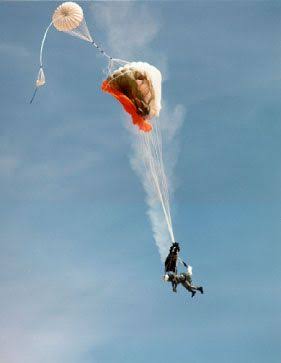
The main chute deploys and the pilots safety equipment including a dingy is attached to him on a chord. The dinging can be inflated automatically and the pilot can swim to it in water. The dingy also provides some stability on the decent stopping the pilot swinging unnecessarily on decent. On reaching then ground the pilot would impact pretty hard anyway but then would release the chute.
CANOPY AND PRIORITY
Canopy issues are different depending on the aircraft. Many aircraft today have detonating chord around the frame and in the canopy itself shattering it as the first sequence of the pilot pulling the ejection handle.

In some cases the whole canopy is ejected prior to pilot and crew ejecting. This can be done manually as well. There are often small rocket motors used to eject the canopy as in the case of the Tornado. Others simply had ejection feet in the frame that were gas powered and very powerful that pushed the canopy up to a point that the air stream took it away safely.
The third option is the pilot is ejected through the canopy. Canopy breakers on top of the seat impact the perspex with enough force to shatter it. This is why pilots always fly with the clear or tinted helmet glass down. You don’t always have time to put it down when things go bad in seconds.
These horns look like rounded horns that are fixed to the headbox which also holds the parachute. This is actually a faster way to escape a damaged jet. If you see any video of these ejection you can see the canopy go before the crew leave the aircraft. Its simply not possible to eject through some of the larger perspex canopies as they are too strong. The Tornado ADV/IDS were to strong to break through.
Who Initiates an EJECTION.
The last issue with ejection is who initiates an ejection in a multi crew environment. Within the aircraft there are gas pipes connected through a valve which can allow the pilot to commence a crew ejection or the RIO can have control. It varies a little on different aircraft. If the selector is pilot initiated ejection the RIO/WSO can initiate an ejection of just the back seater. The WSO can leave with the pilot remaining if required.
If command ejection is set to the pilot the pilot initiates an ejection by pulling the pilot ejection handle. Gas pressure goes back to the WSO seat and this seat is initiated first. The time separation is very short but long enough so they cannot collide.

The WSO would eject and go right for example, pushed by the rocket motor nozzles in that direction. The pilot would then leave automatically being pushed left by the rocket motor. If the pilot did eject first the rocket motor exhaust would likely kill the RIO/WSO as it fires into the back cockpit.
The whole sequence can be less than one second from start to finish. Pilots report severe time compression often in the ejection sequence thinking the seat has failed to operate. If available they would start to reach for the top handle and get injured quite often. One reason the top handles were removed in later models.
New & Old Ejection Seat Designs.
In older aircraft there was a top ejection handle as well as a seat pan handle. This was removed in newer designs because pilots pulling it would make them bend forward. As the seat fired would causing back injuries because their spine was no longer straight!
Pulling up from the seat pan base is a more desirable action preventing unnecessary back injuries from bending over.
Downward Ejection is Thing!
In some instances aircrew were ejected downward and not upward as we expect. There were lots of options in often larger aircraft like bombers to eject downward as well as other crew members. In some aircraft like the A-6 Growler Variant there were four crew who all had ejection seats. Aircraft from B-52 to more recent B-2 Stealth bombers all have ejection seats.
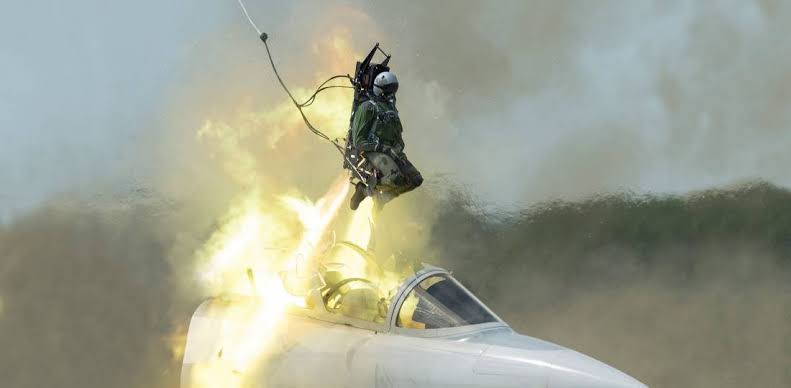



Are all Ejections Sucsessful?
Not all ejection attempts are successful unfortunately. If your close to the ground with a fast decent rate often you cannot survive. Ejecting at extreme speeds is very dangerous. There have been some very high speed ejections but not all have been survivable.
High speed aircraft in the early days also had ejection seat modules that would enclose the crew member and protect them from the high speed ejection. These were in a few aircraft but their success was limited.
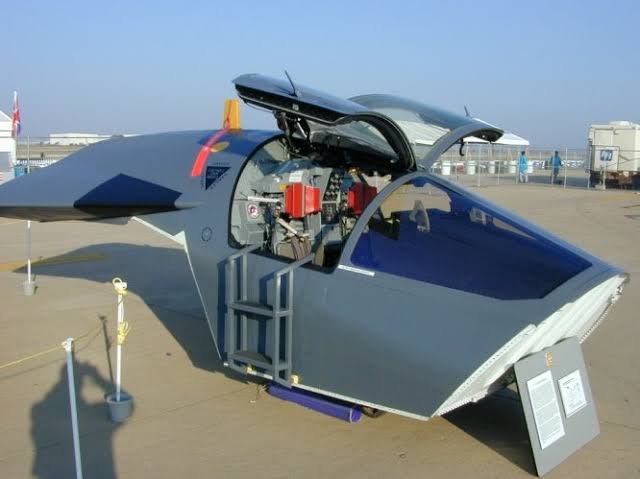
The last option as in the F-111 was a full crew module where part of the aircraft actually separated and flew away from the rest of the aircraft. A fantastic system that I worked on personally. In its early days it had an automatic ejection when in water. The F-111B was designed for carrier use with the navy.
Its design would allow the crew module to separate from the main aircraft if it went overboard from a ship. The rocket motor would not fire and floats would inflate bringing the crew module to the surface for rescue.
One reported disaster happened when an F-111 flew down a valley that was extremely humid. The auto separation system operated thinking the aircraft was in water. It automatically cut the module and controls leaving the crew with no option than to ride the aircraft into the ground unfortunately. The best intentioned designs can have catastrophic consequences.
Hope I answered Your Questions!
I hope this helps to explain the the possible injuries and sequence of ejection in modern aircraft.
I spent 23 years on a multitude of jet fighters and have direct experience on ejection seats from Martin Baker OM4 to the latest F-18 and Tornado ejection seats plus the F-111 Crew Module.
Brendon McAliece, (Aka Gunnie) is a military veteran with 23 years working on Jet Fighters, their weapons systems and ejection seat/module systems as well as munitions and R&D. Involved with flight simulation since the 1980s he has flown all the major flight simulators over the years.
He is an Australian expat who has lived in Malaysia, UK, Saudi Arabia and more recently Thailand. He is a multi lingual blogger who loves to share his life experiences here on www.LetsFlyVFR.com and www.DreamingGuitar.com, his lifestyle and Travel experiences Blog.
